You fish to find something in yourself that is lost in modern society with its specialization of labor. For the serious fisherman, tired of fishless days, fishing becomes a passion and eventually a practical pursuit.
Steps
1. Determine what your goals are. Your goals could be to have fun, get some exercise, explore new places, to test your fishing skill, as a profession or to catch fish.
Steps
1. Determine what your goals are. Your goals could be to have fun, get some exercise, explore new places, to test your fishing skill, as a profession or to catch fish.
2. Make a plan based on what your goals are. If your goal is to catch fish, decide whether it will be catch and release or for consumption.
3. Read about the fish you are targeting in general and locally. Sports Afield and Field and Stream are great magazines to read for entertainment and to learn. Read your local fishing magazine, watch your local fishing show on TV and ask the clerk at the fishing store for advice. Find out which fish are in season and also notice when fishermen congregating at a certain fishing spot
4. Study the behaviour of fishes. Notice how fish react to an artificial lure. Many fish will attack your lure because they are territorial and not because they are hungry. Predator fish are programmed to avoid getting infections so keep your bait moving, even if just twitching them, to make it look like they are alive. Other fishes do not like to have their bait moving.
5. In general, to catch fish, even small fish, you have to either get to a secluded spot in the country, have access to a watercraft or walk a distance in from the parking area.
6. Use natural bait. Although expert fly fishermen catch many trout with flies and many bass fisherman catch many largemouth bass with worms or spinnerbaits, using natural bait will require less skill.
- If you are unsure of what to use, worms, minnows, and leeches are all good bets.
7. Use artificial bait when it is the most productive way to catch the fish you are after. If the fish are not biting with the artificial baits, try putting a strip of natural bait on your artificial.
8. When fishing for fish bigger than pan size, be prepared to haul the fish in with no finesse. Many times, the most productive places to find these big fishes are places where your line can break or get tangled.
9. Set the hook quicker with artificial lures than with natural bait. With plastic worms your hook setting will be a bit delayed compared to using a topwater wood or resin plug.
10. With natural bait, pause before setting the hook. Think of some method, when using natural bait so you do not set the hook too quickly or too hard. All this is if you are after small to medium sized fishes.
- When using a reel, instead of lifting the rod to set the hook, turn the reel handle quickly. Turning the handle quickly is slower than yanking the rod back (and have your rig shoot out of the water at you).
- Another method to avoid setting the hook too quickly is to hold your rod with your left hand, assuming you are right handed, because your reflexes are slower left-handed. Whatever the case, do not set the hook to quickly with natural bait.
- When you extract the hook from the fish's mouth, note where it is. If it is in the gills or stomach you are setting the hook too late. Set the hook, so the hook is in the fish's mouth and not too far in.
11. Be sure to have a good high quality rod and a variety of lures and hooks.With spinning gear, carry an extra spool with a heavier line. Once in a blue moon, you will see a very big fish, when going for panfish, that will be close to impossible to catch with your ultralight tackle. With your extra spool with some heavy line, and a big rig or two,you could catch that lunker as a bonus. When catching a monster fish with heavy line, but on a light pole, do not fight the fish by pumping the rod in the usual way. Pump the rod, by keeping the rod angle fixed, and move your arms ie do not break your rod.
12. Be patient because most fish will not bite at the moment you put the hook in the water.
- Conversely, be prepared to set the hook immediately after casting your lure, predator fish might track the flight of your lure, in the air, and viciously attack it when it hits the water.
- Be prepared to set your hook, at the end of your retrieve, when casting, just as your lure or bait is about to come out of the water. The fish will follow your lure or bait swimming behind it, behind and to the side, or be waiting in ambush at the shoreline or by the boat. With soft lures, the main problem is getting excited and setting the hook too fast and too hard, be alert so you can control your impulses.
13. Bass tend to usually bite more at sunset and sunrise than during the day.





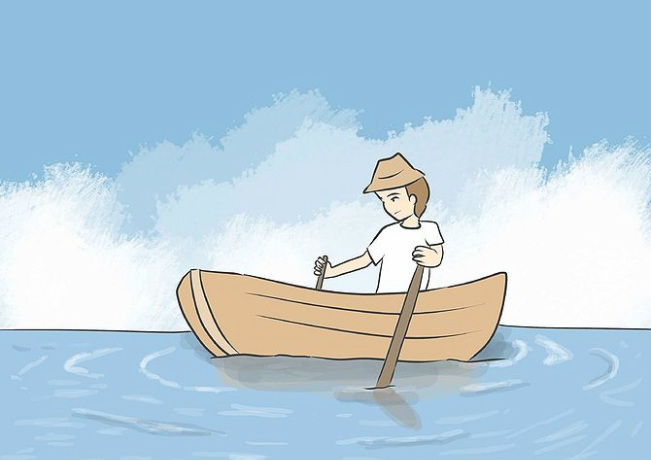
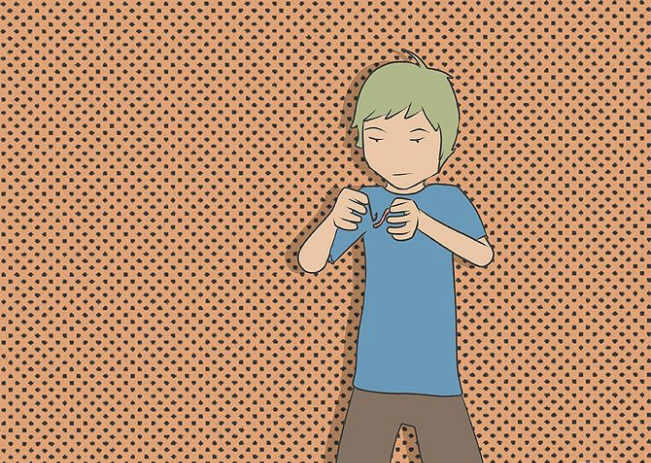

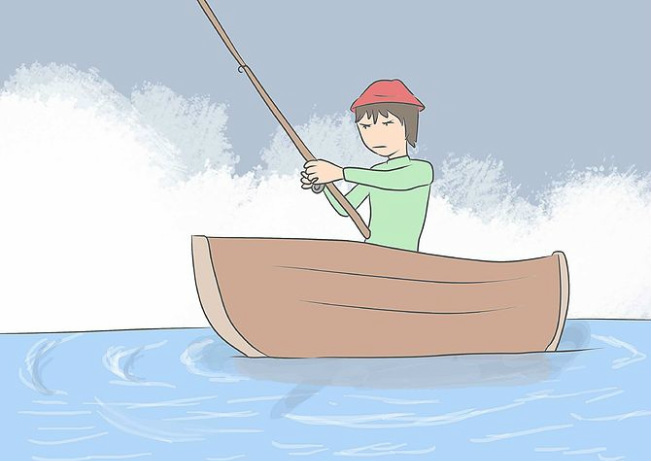

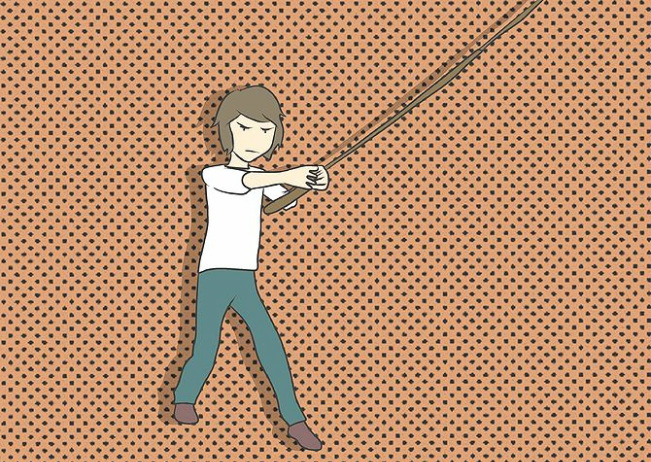
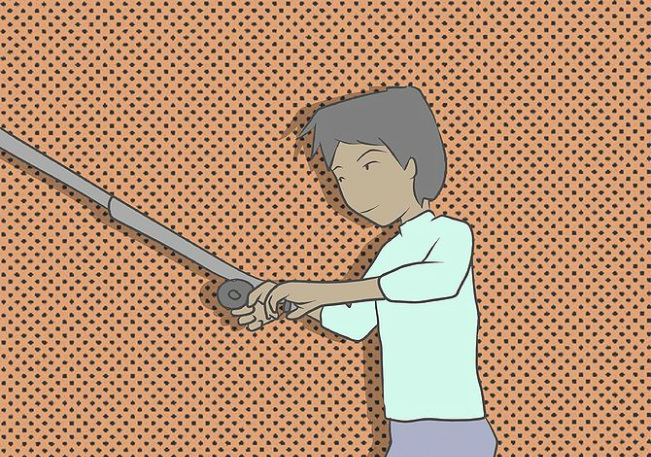
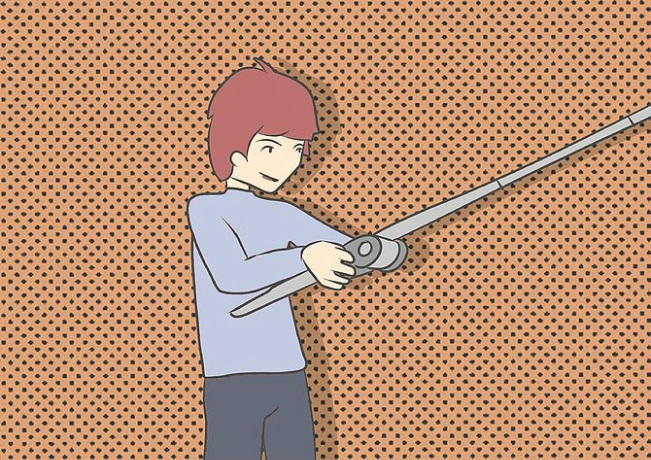


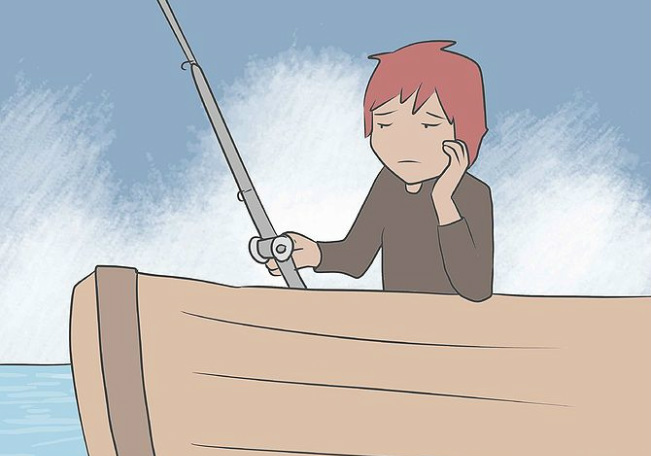
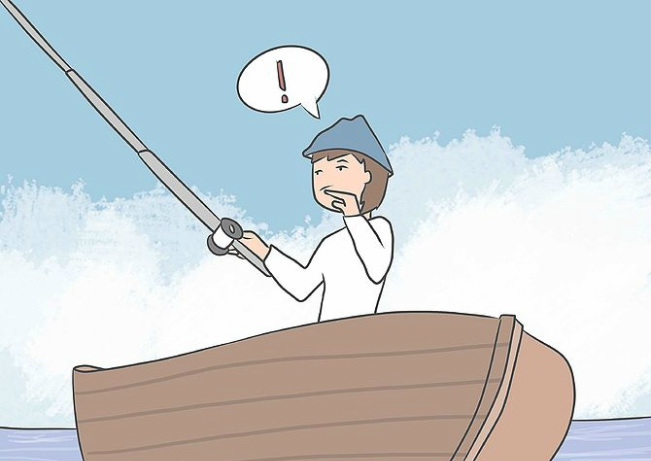
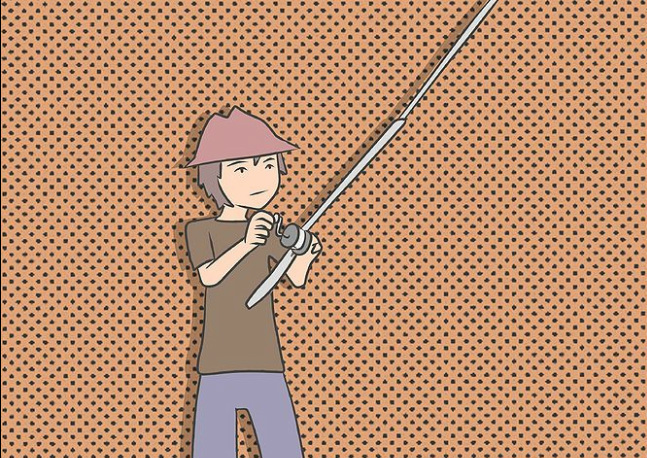
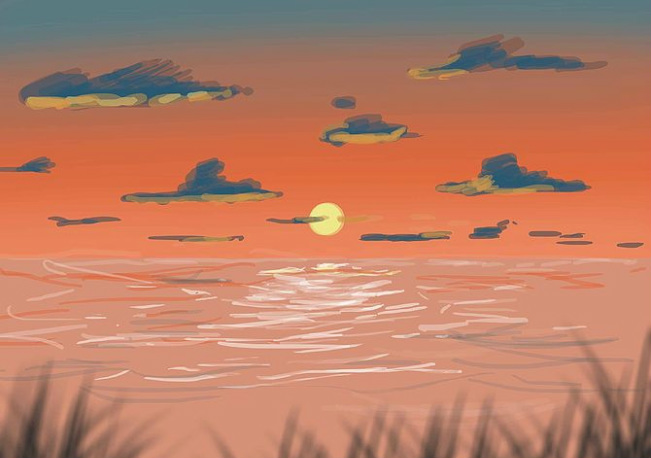
 RSS Feed
RSS Feed
